Popular and Useful Books
In this blog, we explore essential books focusing on the technical details of piping stress engineering, piping design, pipe drafting, pipeline engineering, and pipe support systems within industrial facilities. These books serve as comprehensive guides, offering insights and practical calculation, design, and drafting techniques for professionals in the field.
Pipe Stress Engineering by Peng Engineering
You can find almost all the details about piping design and stress analysis but also you can find basic engineering details about the strength of material. Let’s see the content of the book;
Strength of Material Basics. In this chapter, you will find many details about Tensile Stress, Modulus of Elasticity, Yield Strength, Principle Stresses, Mohr’s Circle, Moment of Inertia, and much more.
Thermal Expansion and Piping Flexibility. This chapter includes details about force and stress due to thermal expansion, self-limiting stress, cold springing, and pressure effects on piping flexibility.
Code Stress Requirement. In this chapter, you can learn about different code approaches to piping flexibility, pressure design, pipe thickness calculation, and branch connection calculations. These codes are power piping, process piping, and nuclear piping codes.
Pipe Support and Restraints. You can get useful information about supporting calculations, support selection, and types of support within this chapter.
Flexible Connections. This chapter mainly explains the use of bellow and related calculations.
Interface with Stationary Equipment. This chapter includes flange details, nozzle connection stress analysis for pressure vessel, heat exchanger, and air cooler.
Interface with Rotating Equipment. This chapter is about the piping design details and pipe support for centrifugal pumps and compressors.
Transportation Pipeline and Buried Piping. You will find fundamental details about pipeline and buried piping calculation
Dynamic Analysis. This chapter consists of fundamental concepts of dynamic loads like reciprocating equipment’s impact on piping systems and seismic load’s impact on piping systems.
Piping Stress Handbook by Victor Helguero
Piping Stress Handbook is a good reference book focusing on the analysis and mitigation of stress in piping systems. The book covers various aspects of piping stress analysis, including theoretical principles, calculation methods, and practical applications. It discusses the different types of stresses that piping systems may encounter, such as thermal, pressure, and mechanical stresses, and guides how to evaluate and address them effectively.
Key topics covered in the book include:
Introduction to piping stress analysis
Fundamentals of stress analysis
Piping design considerations
Stress analysis methods
Mitigation techniques
Industry standards and codes
The Piping Stress Handbook serves as a guide for engineers, designers, and professionals involved in the design, analysis, and maintenance of piping systems, providing practical insights and solutions for addressing stress-related issues effectively.
Piping Handbook by Mohinder L. Nayyar
Piping Handbook is another comprehensive reference book that covers various aspects of piping design, engineering, and construction. The book is structured to provide a detailed understanding of piping systems, from fundamental principles to advanced topics, making it suitable for engineers, designers, and students in the field of piping engineering.
Key topics covered in the book include:
Introduction to piping systems: Overview of the role and significance of piping systems in various industries, including their function, components, and applications.
Piping materials and components
Piping design considerations
Piping layout and routing
Piping stress analysis
Piping fabrication and installation
Piping operation and maintenance
Specialized piping applications
The Piping Handbook provides a comprehensive and practical resource for professionals involved in the design, construction, operation, and maintenance of piping systems across various industries, offering valuable insights, best practices, and technical knowledge to ensure the successful implementation of piping projects.
Piping and Pipeline Calculations Manual by Phillip Ellenberger
Piping and Pipeline Calculations Manual is one of the most popular reference book designed to aid engineers, designers, and students in the calculation and analysis of piping and pipeline systems. The book covers a wide range of topics related to piping and pipeline engineering, providing practical guidance and calculation methods for various aspects of system design, operation, and maintenance.
Key topics covered in the book include:
Fluid properties and flow calculations
Piping design and layout by industry standards and codes relevant to piping design, such as ASME B31.1 and ASME B31.3.
Stress analysis and pipe support design
Pipeline hydraulics and design including pressure drop calculations, surge analysis, and flow control strategies. The book discusses pipeline design considerations, such as route selection, material selection, and construction techniques.
Pipe sizing and pressure loss calculations
Pump and compressor calculations
Pipeline economics and optimization
The Piping and Pipeline Calculations Manual serves as a practical resource for professionals involved in the design, operation, and maintenance of piping and pipeline systems, offering valuable calculation methods, formulas, examples, and practical insights to support engineering decision-making and project implementation.
Advanced Piping Design by Rutger Botermans and Peter Smith
Advanced Piping Design is a comprehensive guide focusing on the advanced principles and techniques involved in the design and engineering of piping systems. The book goes beyond basic concepts and covers a wide range of topics essential for professionals in the field of piping design and engineering.
Key topics covered in the book include:
Piping design fundamentals
Advanced piping materials
Piping layout optimization
Piping system analysis
Piping supports and restraints
Piping system modeling and simulation
Advanced piping components
Piping system optimization and troubleshooting
The ‘Advanced Piping Design’ provides a practical resource for engineers, designers, and professionals involved in the design, analysis, and optimization of piping systems in various industries. With its emphasis on advanced concepts and techniques, the book offers valuable insights and guidance for tackling complex piping design challenges and achieving optimal system performance.
Pipe Drafting and Design, Third Edition provides step-by-step instructions to walk pipe designers, drafters, and students through the creation of piping arrangement and isometric drawings. It includes instructions for the proper drawing of symbols for fittings, flanges, valves, and mechanical equipment.
More than 350 illustrations and photographs provide examples and visual instructions. A unique feature is the systematic arrangement of drawings that begins with the layout of the structural foundations of a facility and continues through to the development of a 3-D model. Advanced chapters discuss the use of 3-D software tools from which elevation, section and isometric drawings, and bills of materials are extracted.
Covers drafting and design of pipes from fundamentals to detailed advice on the development of piping drawings, using manual and CAD techniques
3-D model images provide an uncommon opportunity to visualize an entire piping facility
Each chapter includes exercises and questions designed for review and practice



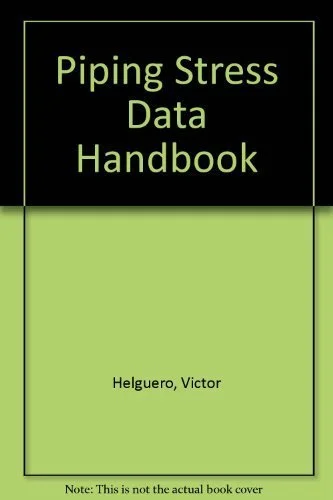
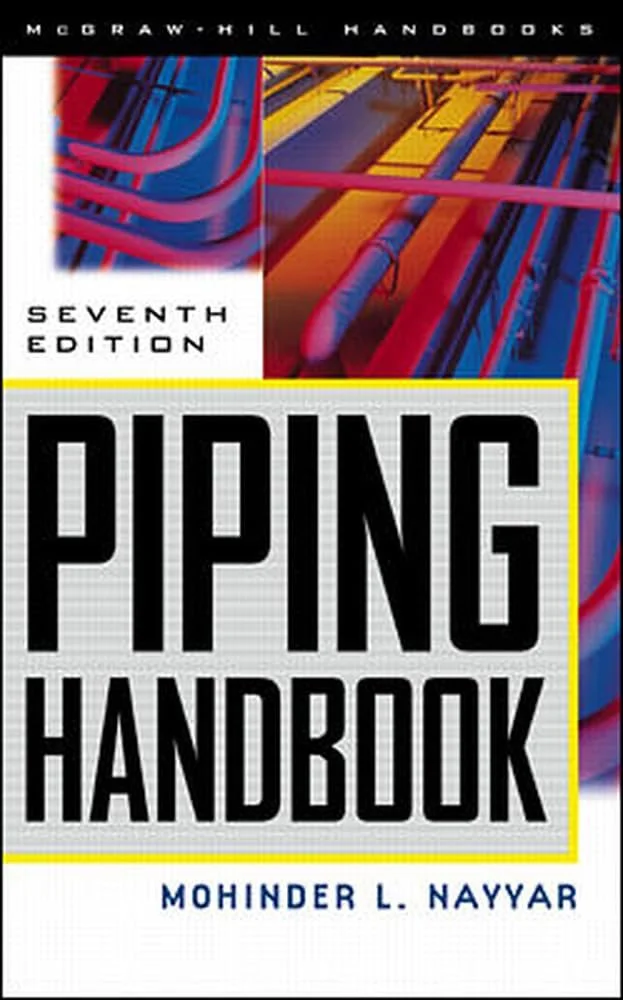
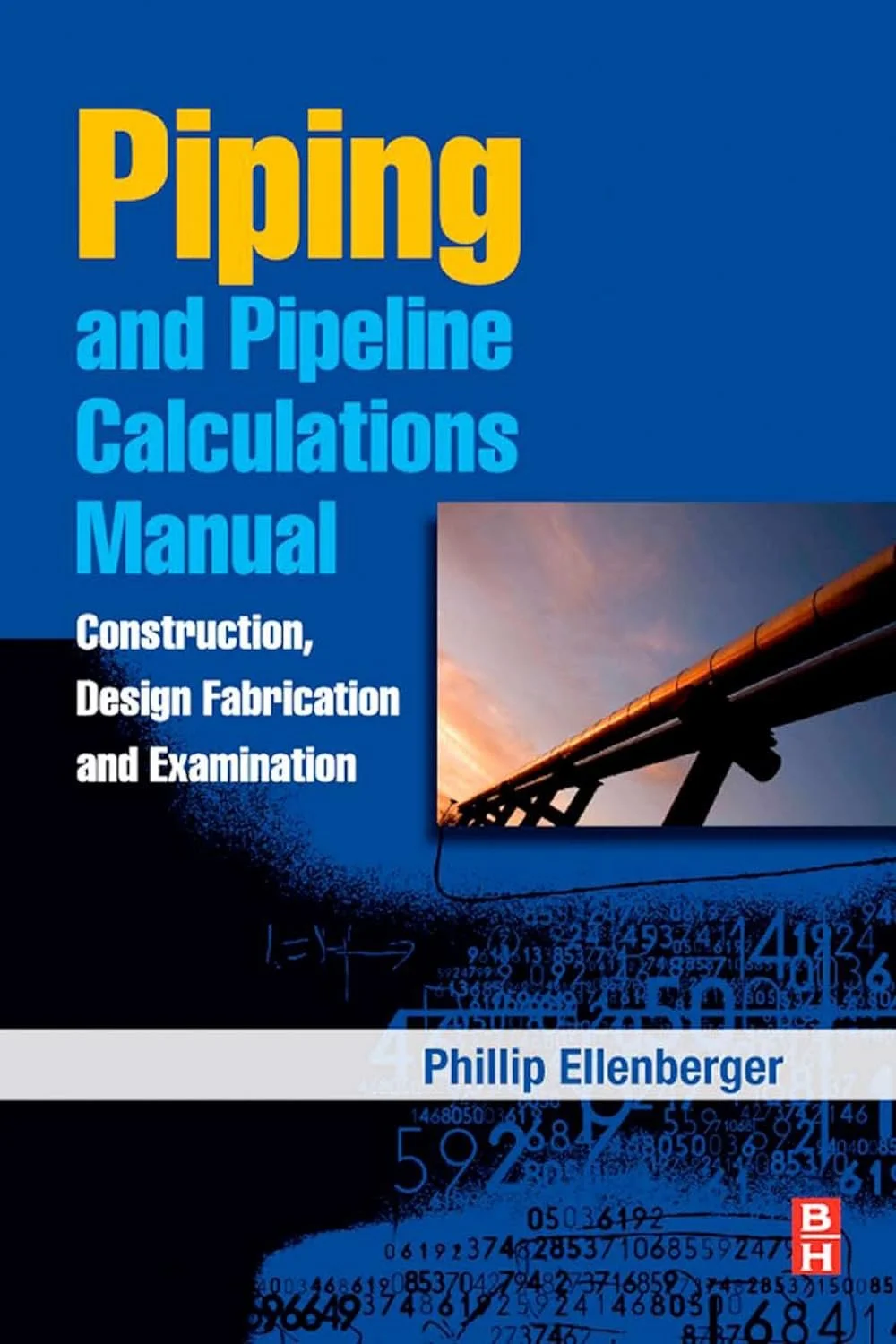
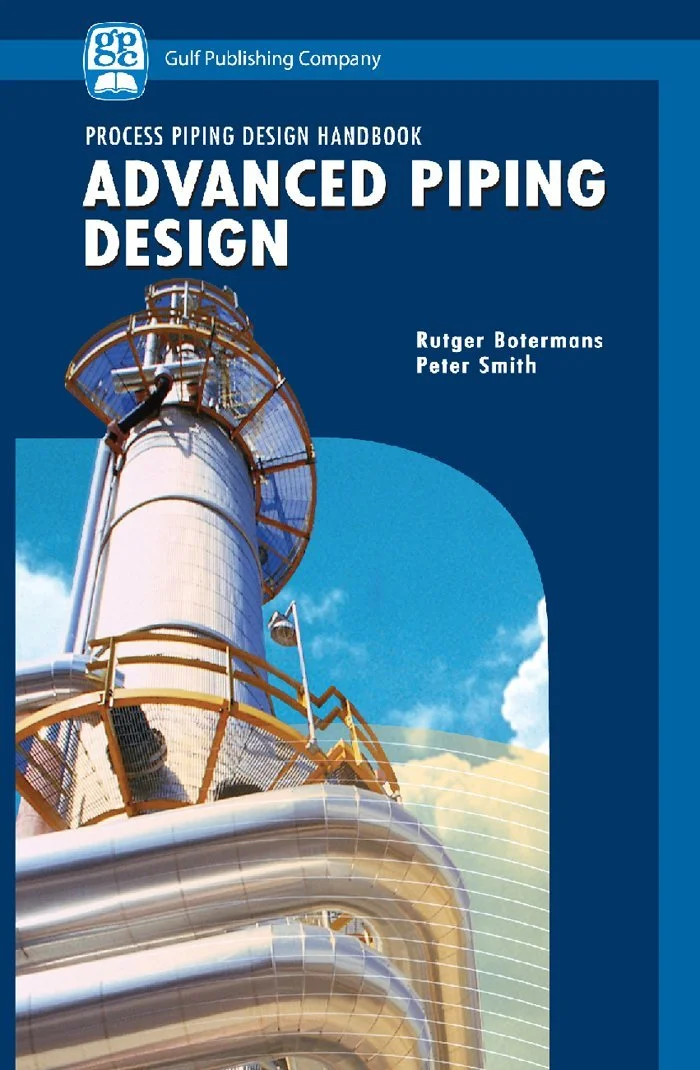



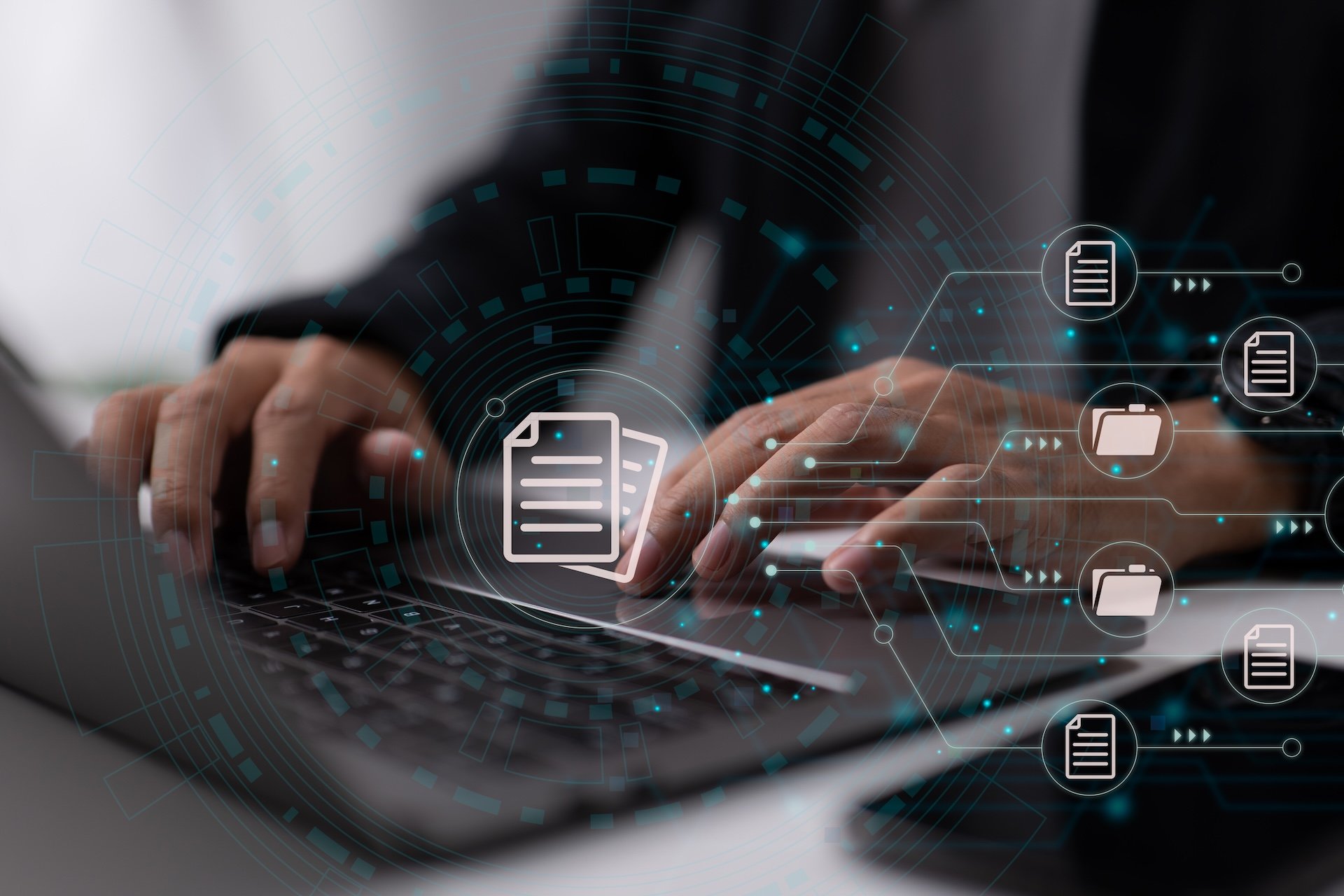

In Caesar II, seismic loads can be defined using g-values, which represent the acceleration due to gravity as a fraction or multiple of the gravitational acceleration (9.81 m/s² or 32.2 ft/s²). The g-value is a critical input for seismic analysis, as it determines the magnitude of the seismic forces applied to the piping system. Here's how you can determine the appropriate g-value for your analysis: